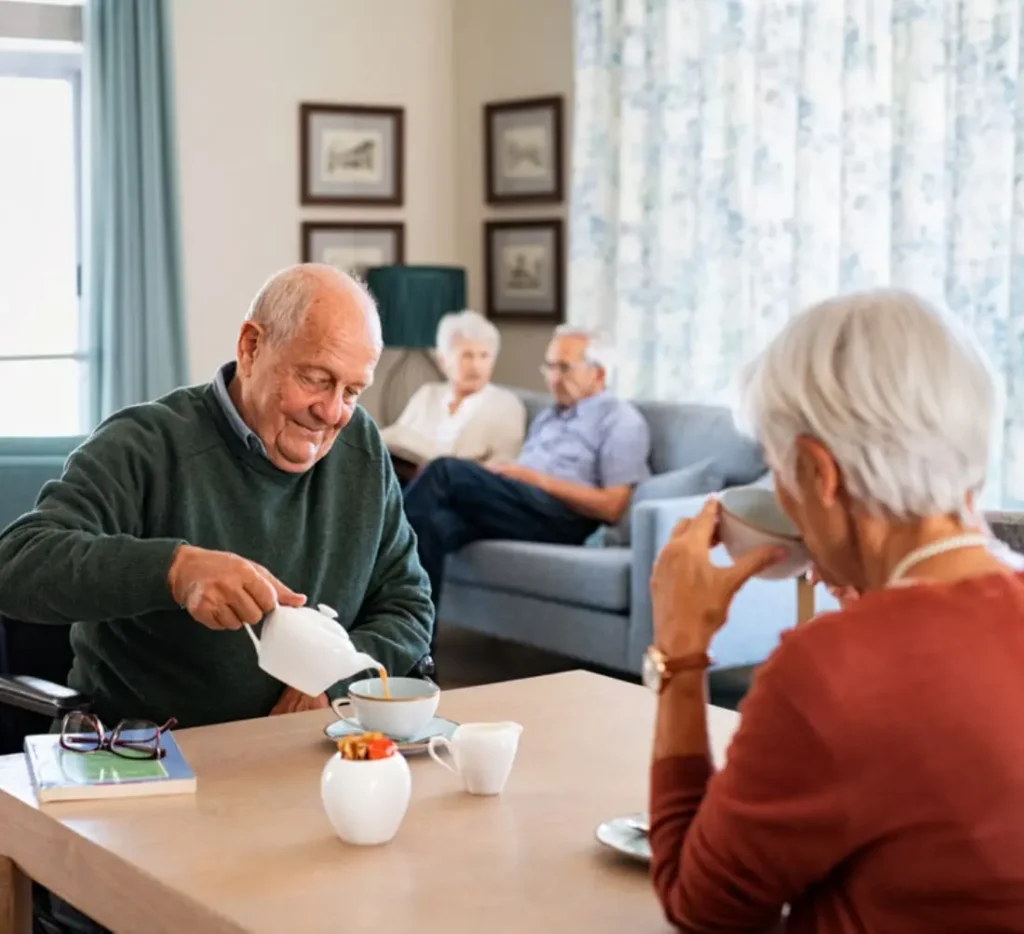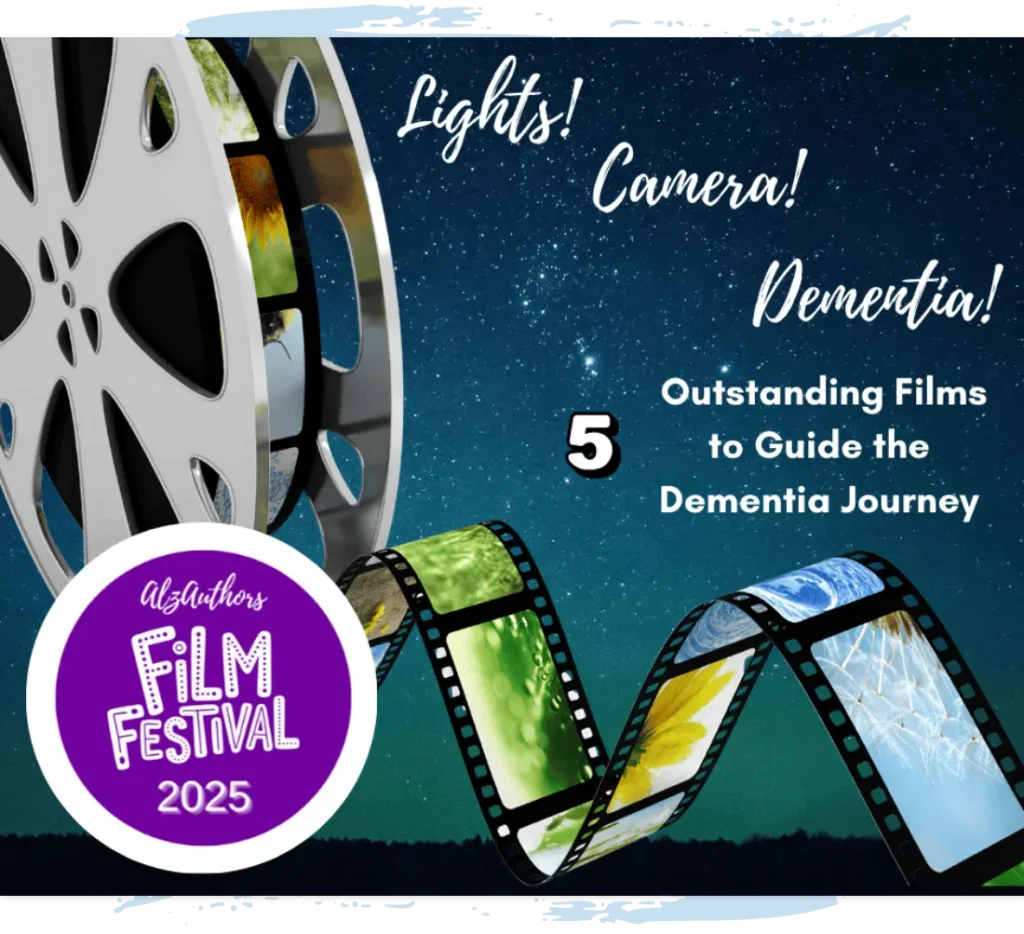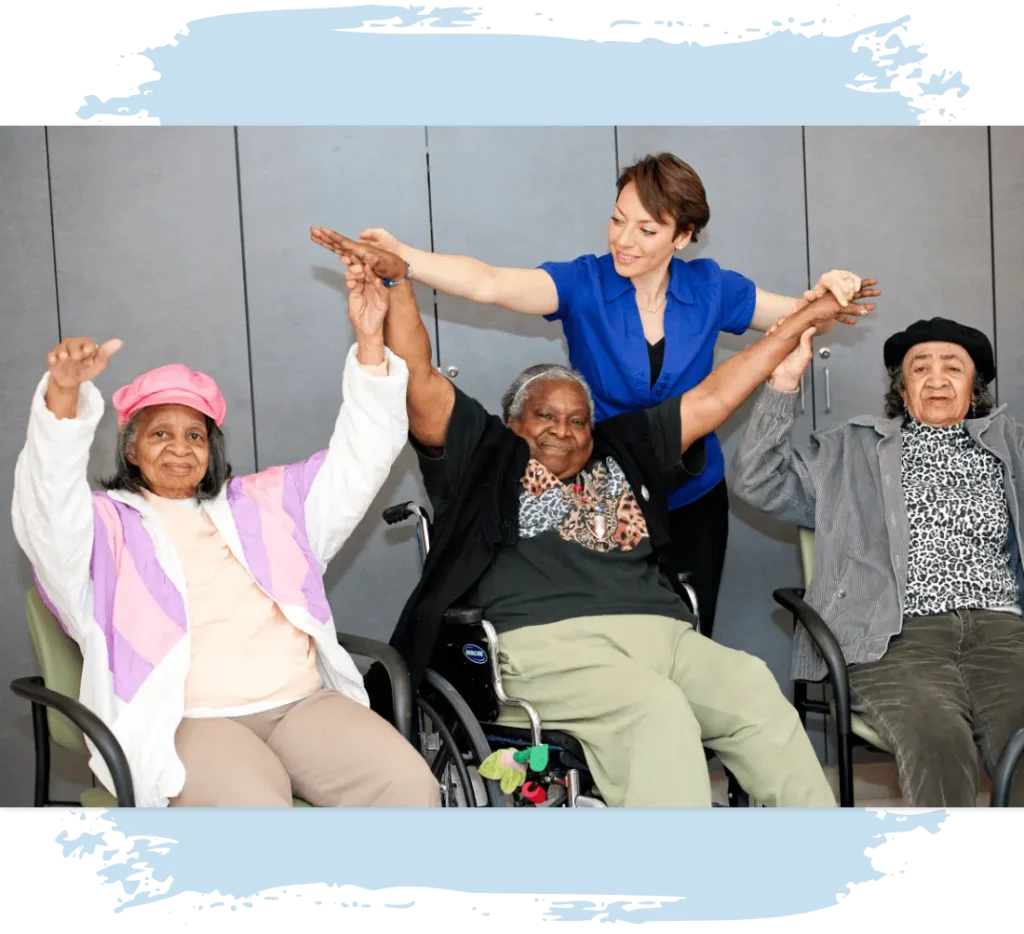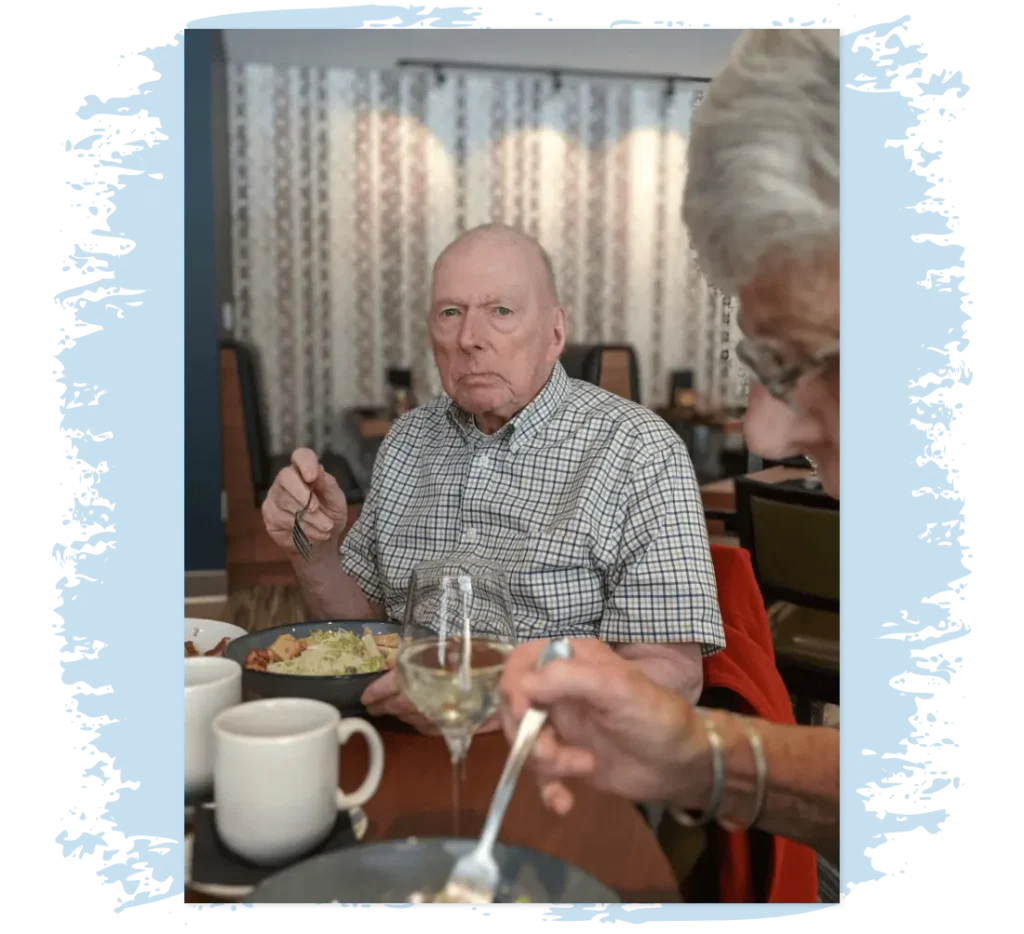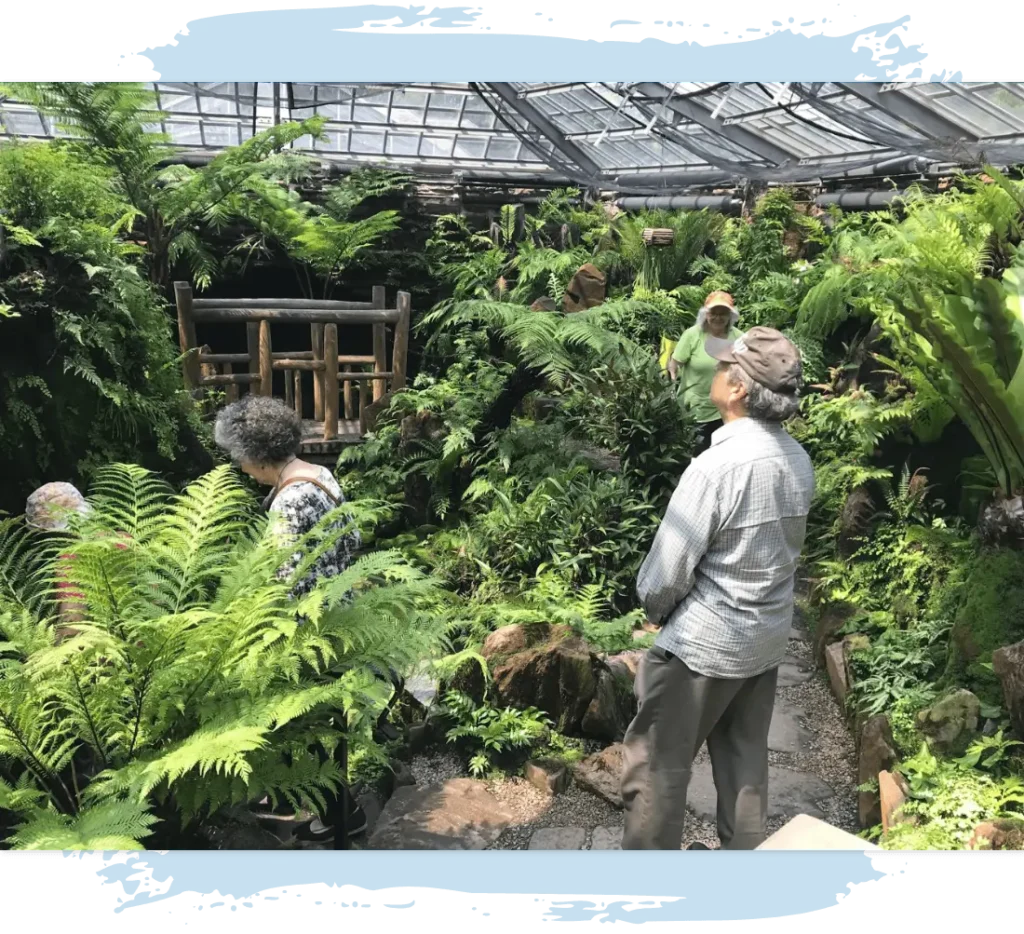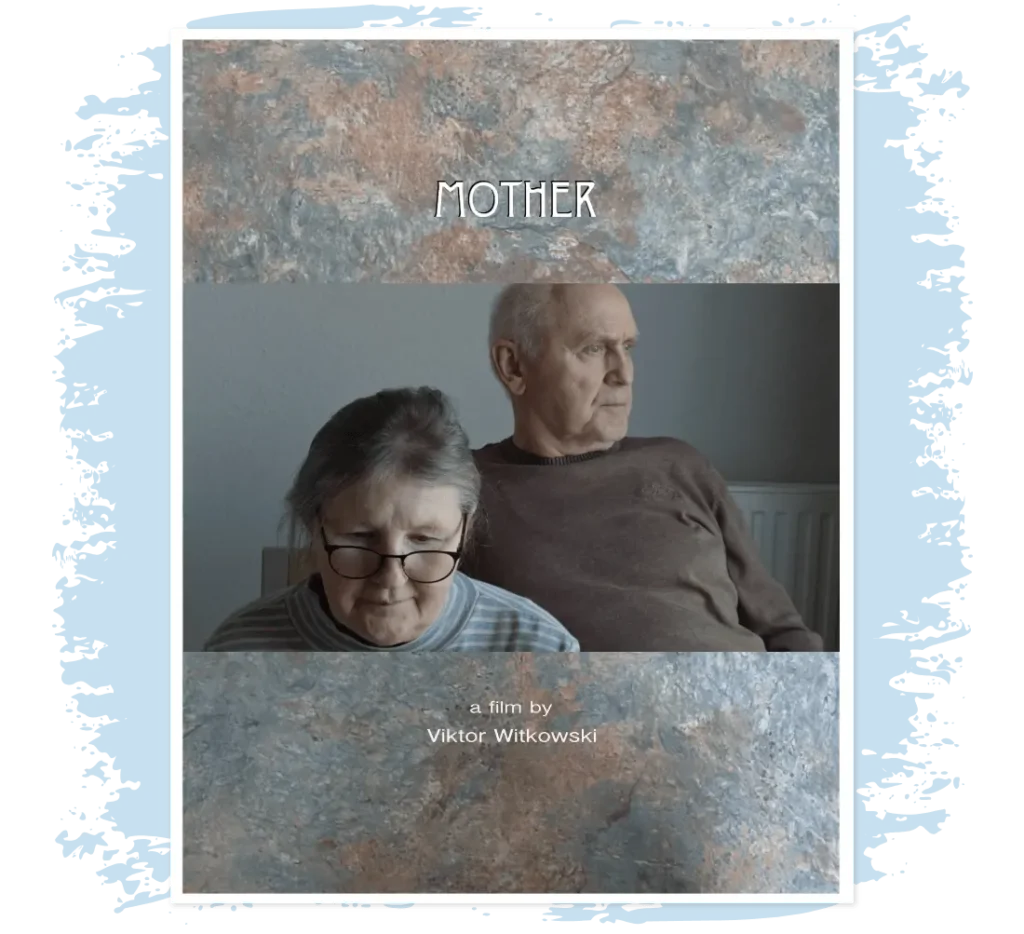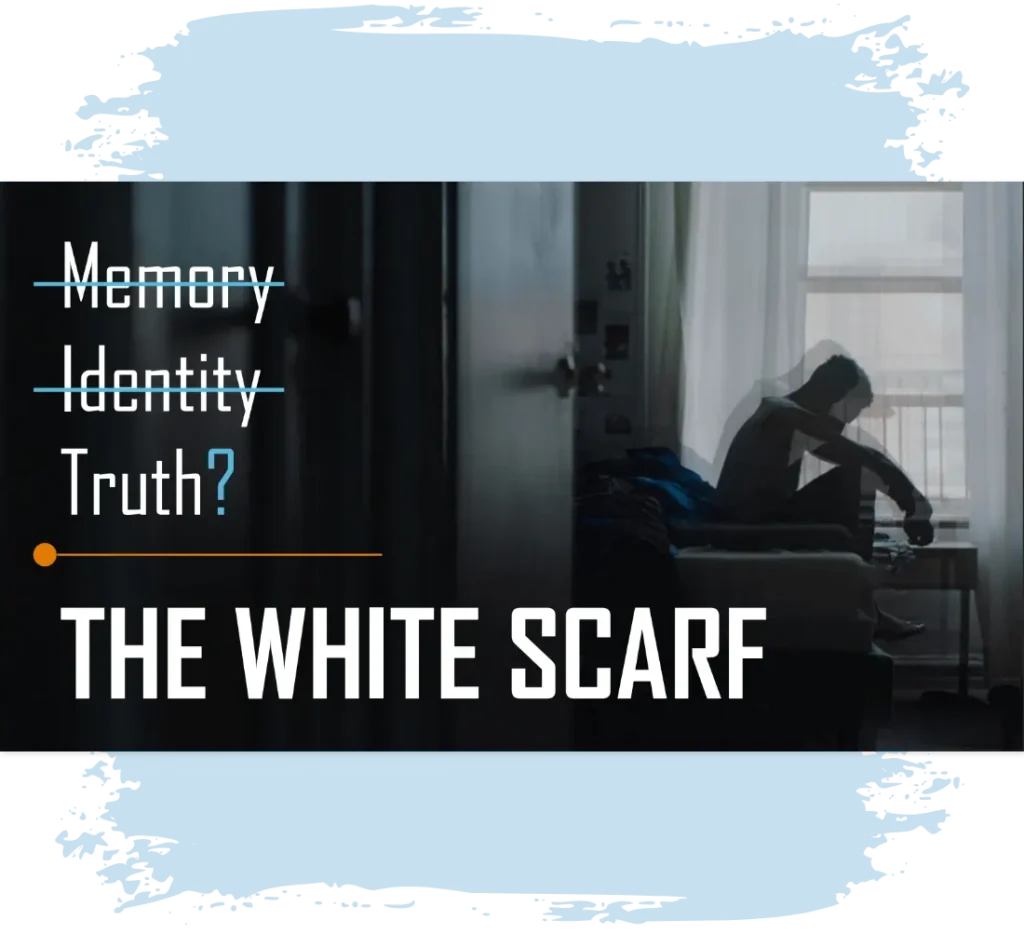As a person’s dementia progresses, they may need help that stretches beyond what the typical family caregiver can provide. Care settings refer to the residences where people living with dementia may live when their needs expand beyond what can be provided at home. They can provide a wide range of care and services for the older adult and their loved ones. For Stephen Dirado, he found an opportunity to capture his father’s transition into a nursing care facility in his photographs titled With Dad.
Nursing facilities may be referred to as nursing homes, skilled nursing facilities, SNFS, or even rehab. Assisted living facilities may be called ALs or ALFs, or even board and care facilities. Nursing homes and assisted living facilities can even coexist within a CCRC, or Continuing Care Retirement Community.
Nursing homes provide both skilled and unskilled care. 80% of residents live there full time. They need assistance with activities of daily living (bathing, dressing, using the toilet, etc). The other 20% of residents are there for short term rehabilitation care. This is referred to as skilled care which is provided by a range of therapists (physical, occupational), nurses, and more. The large majority of residents have their medications management by a staff nurse. They also have physicians who provide primary care onsight.
On the other hand, assisted living facilities provide room, board, and engagement opportunities, but other than those items, there can be a range of additional services. This is because they are less regulated than nursing homes. Therapists and nurses may be onsight only at some facilities. There may be an option to have medication management, but often at an additional cost. Physicians may travel to assisted living facilities, but are generally not housed within the facility. The primary benefit of assisted living is the supervision that the residents receive, compared to what they would normally have at home.
Making the transition to residential care is difficult for the family as well as the person living with the disease. It’s an emotional change that impacts everyone differently. Photographer, Stephen DiRado, continued to connect with his father through photography at his father’s nursing home. Finding opportunities such as this to maintain connection and spend quality time together is crucial for both the resident and family.
The With Dad photographic series is both a book and documentary that DiRado collaborated on with Soren Sorensen, also of Clark University. DiRado is a Professor of Practice in the Department of Visual and Performing Arts at Clark University, and his work can be seen at his website https://stephendirado.com/.

